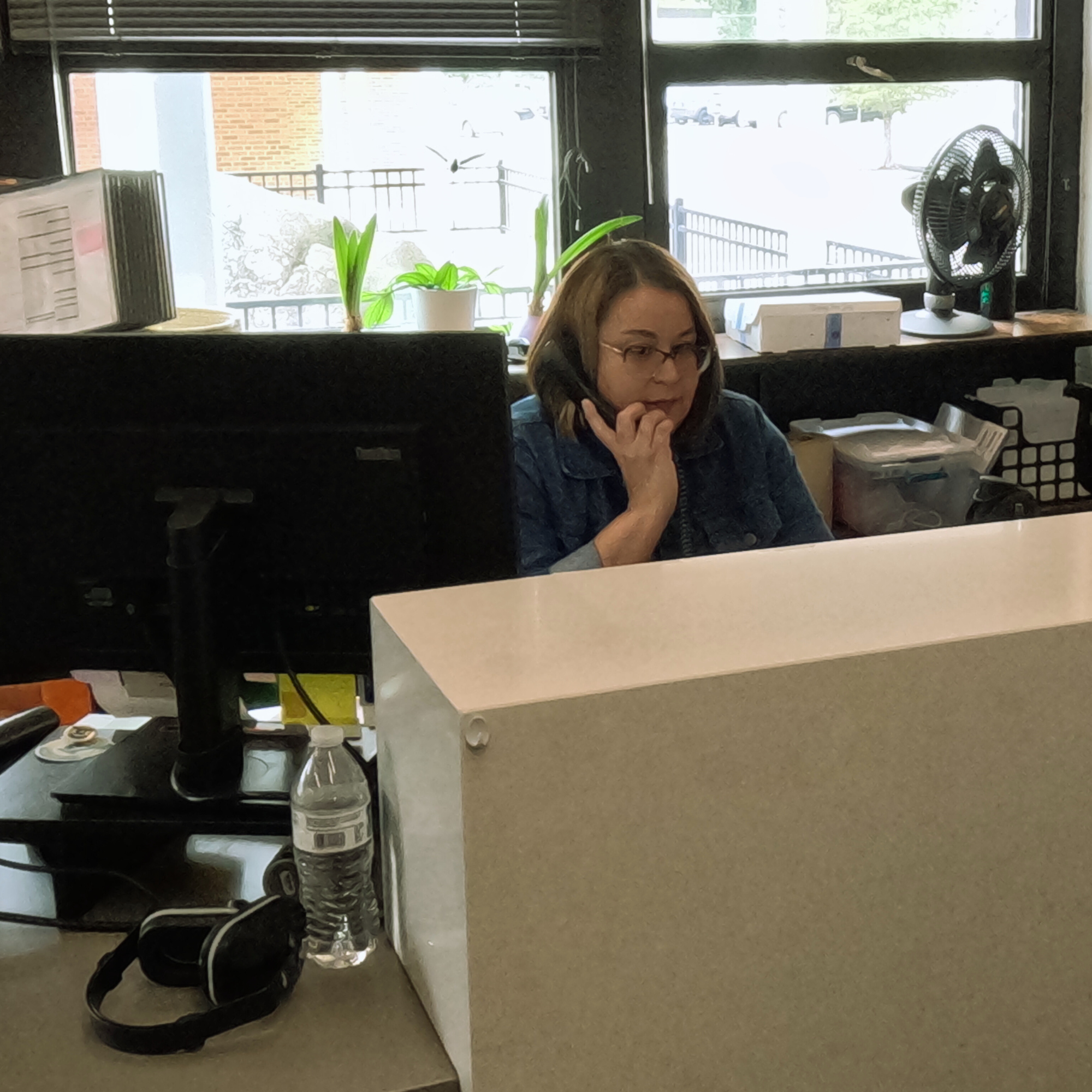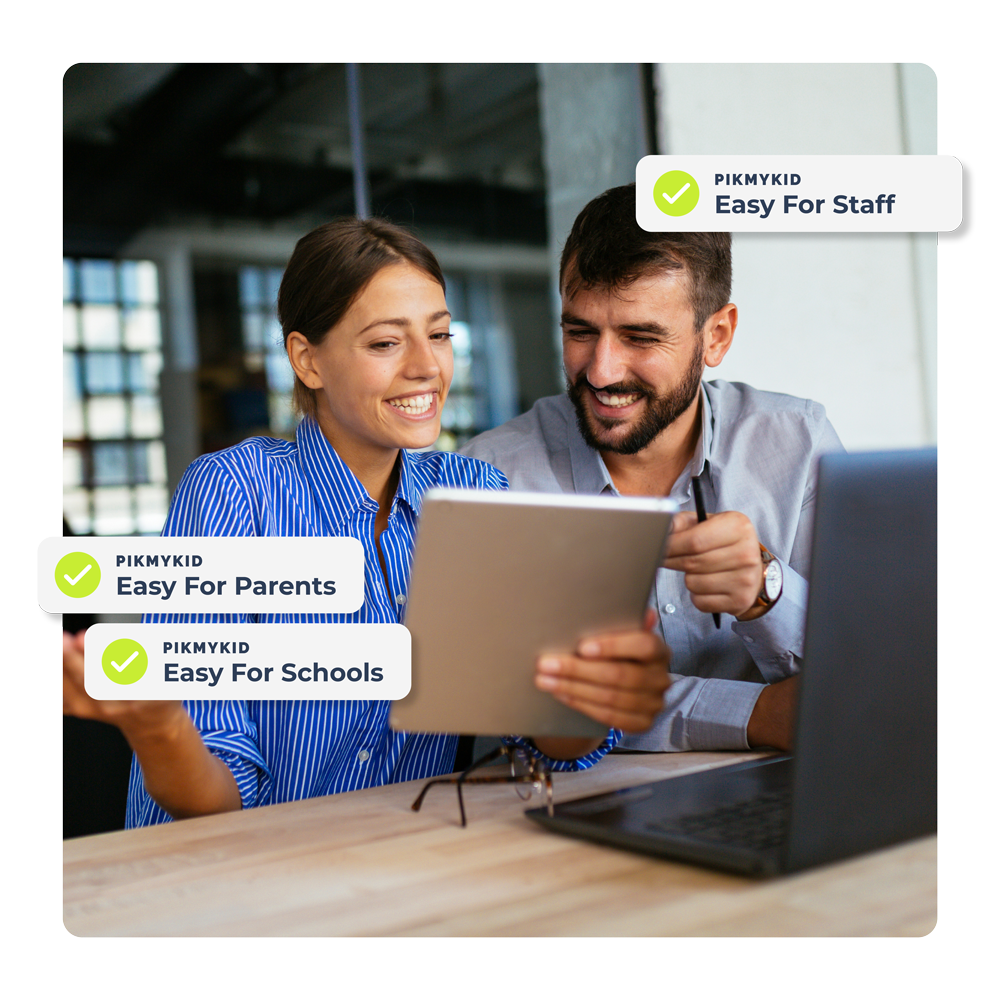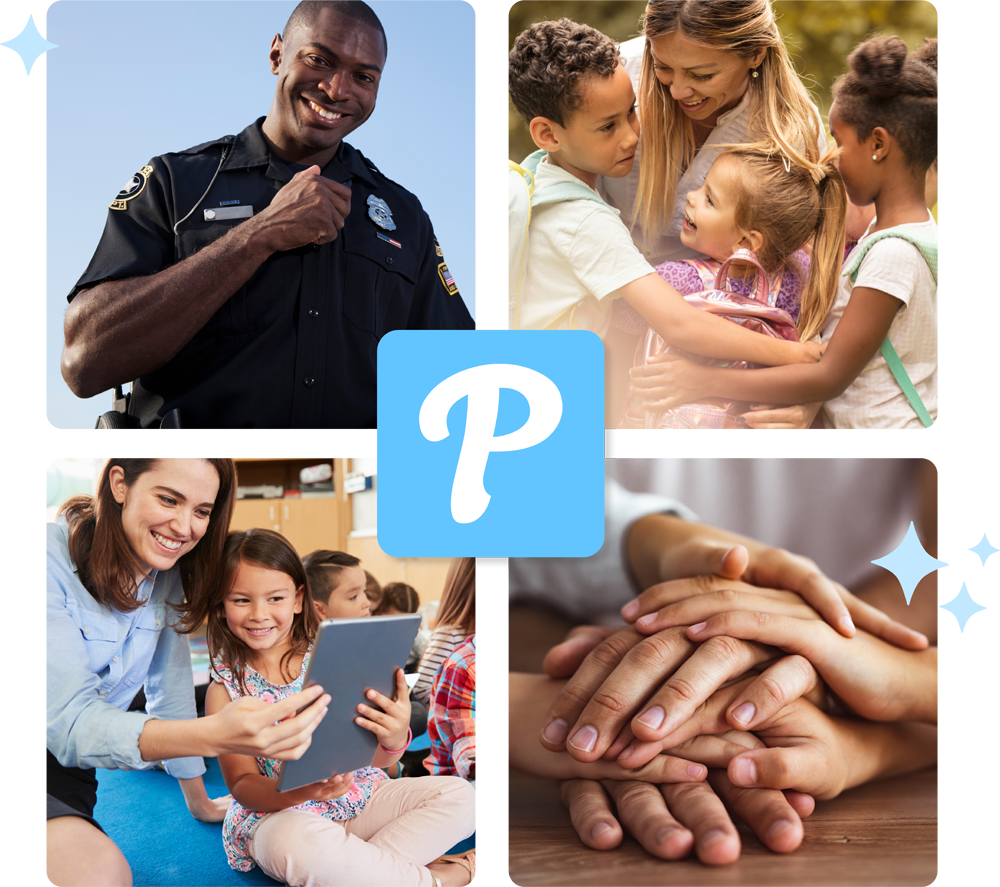Ensuring the safety of students and staff is a top priority for schools. Protecting students requires a combination of proactive measures, such as securing access to school buildings. One of the most effective tools is visitor management for schools. These platforms help manage who enters and exits the campus. They also provide real-time data to address security concerns. In this blog, we’ll explore five essential ways that these systems improve safety for everyone.
1. Screening and Verifying Visitors
One of the primary functions of a visitor management system is screening visitors. Schools require visitors to present an ID, which is then scanned. The system verifies whether the individual is authorized to be on campus. This process helps to prevent unauthorized individuals from entering the building.
Through this system, schools can also verify the visitor’s purpose for being on campus. It ensures that only legitimate reasons are allowed, such as a meeting with a teacher. Furthermore, if the individual has a history of concerns or is on a watchlist, the system flags them for review.
Visitor management also generates a pass or badge for each approved visitor. This provides staff with a quick way to identify authorized guests. With the badge, staff can easily see that a visitor has been vetted. This simple process significantly reduces the risk of unauthorized individuals entering the school unnoticed.
The screening process also serves as a deterrent. Knowing that all visitors are monitored can discourage anyone with bad intentions from attempting to enter. The system offers a clear layer of accountability that provides peace of mind for both parents and staff.
2. Real-Time Monitoring and Alerts
Real-time monitoring is another significant benefit of visitor management systems. School administrators and security personnel can track visitors as they enter and leave the premises. The system logs every visitor’s entry time and exit time, creating a detailed record.
This monitoring capability ensures that schools know who is on campus at all times. If there is a need for immediate action, such as during a security threat or lockdown, this real-time information becomes crucial.
The system can alert security personnel if an unauthorized person enters or if a visitor tries to access a restricted area. For example, if a visitor attempts to enter an area such as a staff-only room, an automatic alert will notify staff members of the potential security breach. With these alerts, staff can act quickly to prevent any issues before they escalate.
Additionally, the system can be integrated with other security systems, such as video surveillance. This further enhances the overall security infrastructure by providing more information for security personnel to act upon. With this real-time data, schools are in a better position to keep the campus safe.
3. Improved Emergency Response
A well-functioning visitor management system significantly enhances the school’s ability to respond to emergencies. In the event of an emergency, such as a fire drill or lockdown, the system provides immediate access to a list of visitors on campus. Knowing exactly who is inside the school building can help administrators quickly confirm that everyone has been accounted for.
If an evacuation is required, the system makes it easier for staff to track visitors and ensure they leave the premises safely. Without this system, there could be confusion about who is still inside the building. However, with a detailed log of visitors, there is no question about who needs to be evacuated. This real-time accountability helps ensure no one is left behind.
The system is also vital for lockdown scenarios. In the case of a threat, having an up-to-date list of visitors allows security to secure the building faster. School officials can also share this information with law enforcement to ensure they have accurate details about who may still be inside. Quick access to this data helps reduce response time and improve safety for everyone.
Visitor data can also help schools assess and improve their emergency preparedness. For example, if the system shows that a certain entrance is frequently used during an emergency, administrators can adjust safety plans accordingly. This ongoing review makes the school more proactive in handling emergencies.
4. Access Control and Restricted Areas
Visitor management for schools provide essential access control features. Not all areas of a school should be accessible to visitors. For example, administrative offices, staff rooms, and storage areas may contain sensitive information or materials that should not be accessed by unauthorized people. A visitor management system helps ensure that only authorized individuals can access these restricted areas.
By setting specific permissions for different types of visitors, the system limits where they can go on campus. For example, a parent visiting a teacher’s classroom should not be allowed to roam around the building without supervision. The system restricts their access to certain areas, ensuring they do not wander into secure zones.
If a visitor attempts to enter a restricted area, the system will flag the event. Security personnel will be immediately notified, allowing them to intervene before a breach occurs. This feature is especially valuable in schools with large campuses, where it can be easy for visitors to accidentally wander into prohibited areas.
Access control is also beneficial in protecting staff, students, and sensitive materials. In high-security areas like the nurse’s office or computer lab, the system ensures that only authorized personnel can enter. This reduces the risk of theft, tampering, or other security threats that could affect students or staff.
5. Visitor Data Analytics and Reports
Visitor management systems not only track visitors, but they also generate valuable data. The system compiles data about when and how often visitors come to the school. This information can reveal patterns that help improve school security.
For instance, if there are recurring visits from certain individuals, administrators can review those patterns for potential concerns. If there is an unusual spike in visitors at a specific time, school officials can investigate further to ensure safety measures are appropriate.
These reports help identify peak visitor times and areas with the most foot traffic. Based on this data, schools can adjust their security staffing and planning. For example, if a certain entrance sees more visitors during specific hours, security personnel can focus on that area for extra vigilance.
Additionally, the system tracks which visitors are frequently coming to campus. This can be useful for schools to know which contractors, vendors, or parents are regularly visiting. By having detailed records, schools can ensure that frequent visitors are always accounted for. This reduces the chances of someone slipping through the cracks and potentially creating a security risk.
Conclusion
A visitor management system is a key component of a school’s security infrastructure. By verifying visitors, tracking their movements, and providing real-time alerts, it helps prevent unauthorized access. Additionally, it improves emergency response, ensures restricted areas remain secure, and provides valuable data for ongoing safety improvements.
For schools looking to create a safer environment, investing in visitor management for schools is a smart and proactive choice. These systems not only provide peace of mind but also enhance the overall security of the campus. By adopting modern security practices, schools can ensure that students, staff, and visitors are all safe, no matter what challenges arise.



